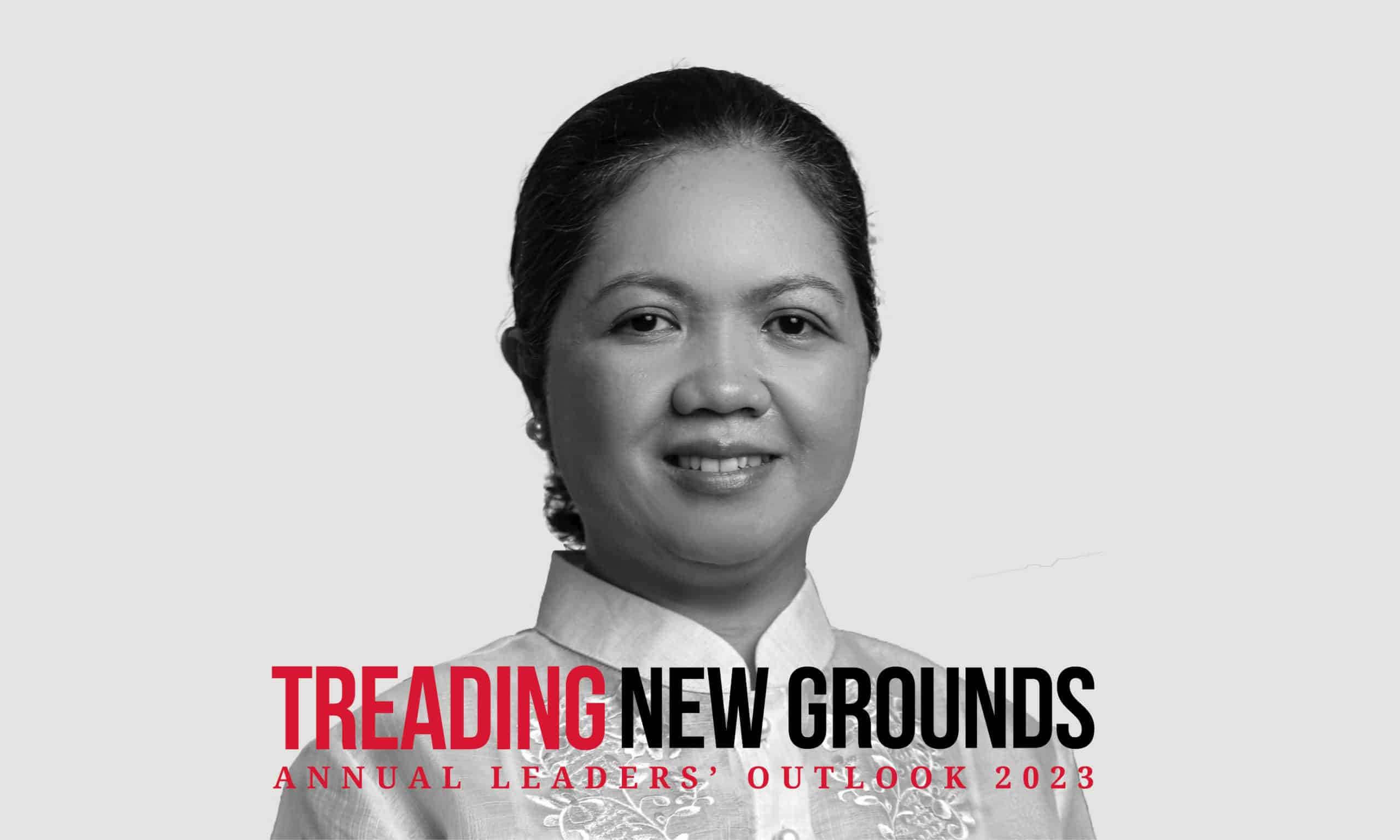When we talk of diversifying the space value chain, we must first talk of its sustainability in the long run. We can think of sustainability in two ways: in ensuring that space assets are safe and that there is continuity of its missions. There are many sources of information and tools that can be used for monitoring the space environment and making sure that this information is available to other space actors, which would, in turn, allow us to plan missions and ensure its responsible use.
As more and more actors start taking on crucial roles in space, we cultivate an environment where members of this network can thrive and contribute to this ecosystem
From what used to be largely information-driven, space applications in this era are undergoing a shift, reorienting towards becoming solution driven. This is what we can see as we go through the space value chain– we see infrastructure acquiring data, and bringing this information on the ground. Now there are systems making sure that it is being used and acted upon. Throughout this whole stream of processes, we see different components of the complex network that is the space ecosystem and how it has expanded to include more actors and stakeholders, all contributing to its sustainability.
Future Technologies
The data accessibility gap between developing and developed countries is gradually narrowing in comparison to previous years. With the recent trends in technology, accessibility to such data and tools is becoming more widespread.
Digitalization and faster connectivity, as well as tools such as AI and ML, enable a wide range of platforms where satellite data layers are hosted. So now we can crunch data much faster with the help of AI and machine learning. These all play a role in making data more accessible. As data becomes more accessible, so does the acceleration of its production. If we have more products, this consequently drives the line of services that can be drawn out of it.
Undoubtedly, there are still some differences on the execution in comparison to advanced countries and their industries in that regard. There will always be room for improvement and much to learn. This is one reason why it is exciting to be entering space right now as an emerging space actor- more avenues and opportunities for dialogue where we can exchange knowledge and best practices, and adopt these later on as we build up.
ALSO READ: Space Sustainability as a Business and Economic Imperative
Multi-pronged Focus
As more and more actors start taking on crucial roles in space, we cultivate an environment where members of this network can thrive and contribute to this ecosystem. The private sector, for instance, plays a vital role in bringing space-based technology to the end-users; it can reach end-users more effectively by packaging their services into solutions through localized results and ease of use.
At the Philippine Space Agency (PhilSA), we have a space education program which spans from basic education up to post-professional programs. Students can decide or opt to pursue courses that will hone their competencies needed to become a part of the workforce of this entire space ecosystem in the future. It is important that the youth are getting into these fields.
Recently we have concluded our Decadal Survey where we look at the challenges and objectives of the coming decade that can be addressed through Earth Observation. These identified challenges will be used to plan our missions for the upcoming decade. We also envision for this to serve as a roadmap for the future generation of space scientists and encourage them to build on it.
(Dr. Gay Jane Perez is the Deputy Director General for Space Science and Technology, Philippine Space Agency. The views expressed in the article are the personal opinions of the author.)
Disclaimer: Views Expressed are Author's Own. Geospatial World May or May Not Endorse it








